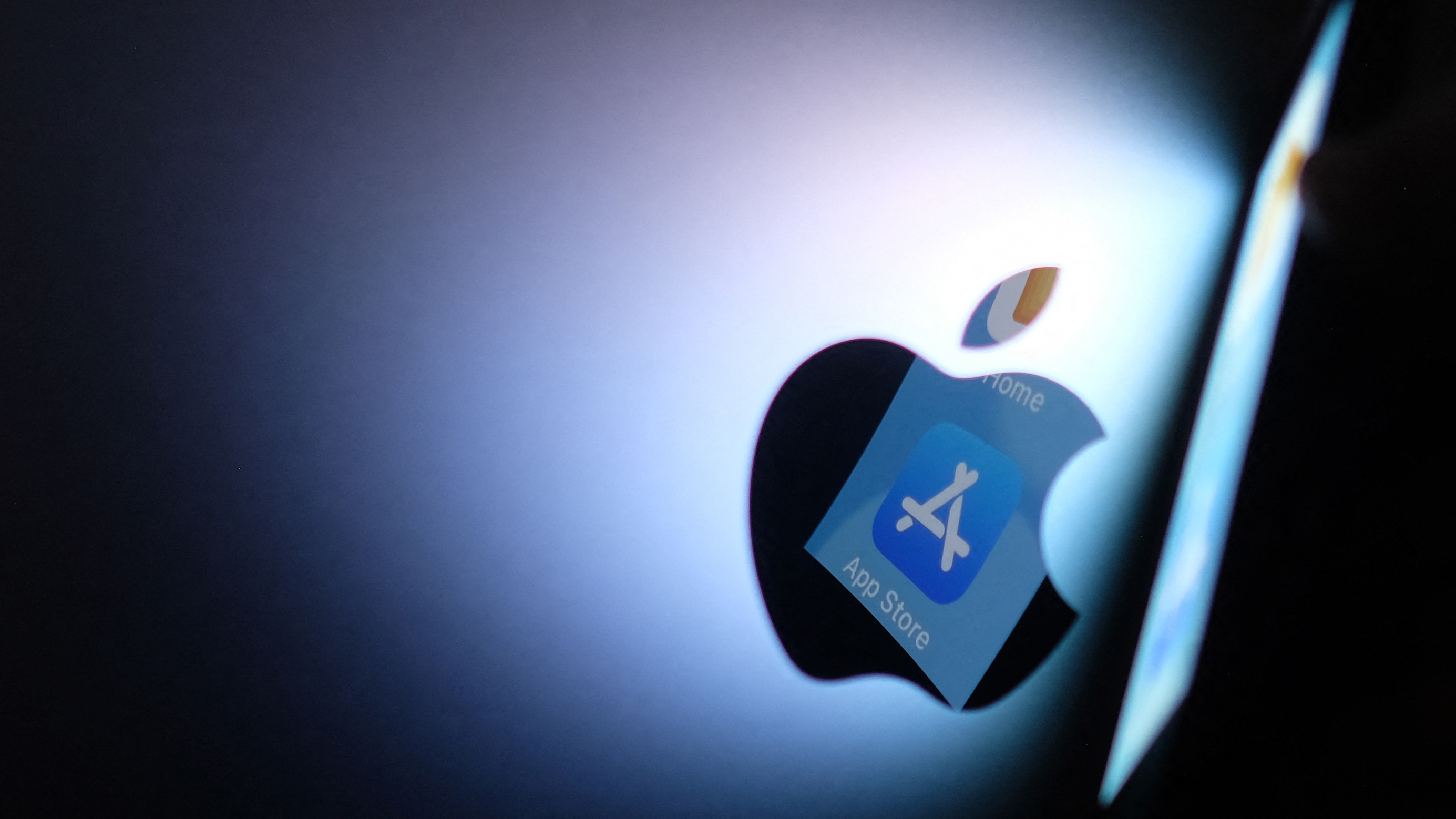BNPL hits mainstream with Apple Pay Later

Apple’s entry into the buy now, pay later market has raised concerns among fintech and banks alike. But should they be worried? Bill Lumley reports.
The burgeoning buy now, pay later (BNPL) market saw a new entrant this month when tech giant Apple entered the fray with its offering, Apple Pay Later. This came against the backdrop of payments and fintech conference Money20/20 Europe in Amsterdam, the Netherlands, itself the scene of a flurry of BNPL announcements.
The tech giant has entered this space just as regulators are looking more closely at this sector of the credit market. However, Apple surprised many in the market by self-financing the new BNPL product. It had long been predicted that the Silicon Valley player would partner with Wall Street stalwart Goldman Sachs. Its decision to enter this space without a banking partner, as well as its insistence that it does not need to obtain a banking licence, has raised eyebrows across the market. Apple Pay Later uses the Mastercard network.
Apple’s announcement, combined with increased regulatory scrutiny and recent issues impacting the BNPL market arising from the downturn and the Covid-19 pandemic, raises questions for the future of this credit offering.
The impact on banks
The BNPL trend can be seen as a negative for banks, according to Ron Shevlin, chief research officer at banking consultancy firm Cornerstone Advisors. “I don’t see them really being able to compete well,” he says. However, he also does not think the Apple announcement is a big deal in the overall BNPL space, nor will it hurt the banks.
“I find the attention to Apple Pay to be way overplayed,” Mr Shevlin adds. He believes that Apple is looking at this from a much more holistic perspective and wants to build out a platform, which is the same reason Apple acquired Mobeewave, a Canada-based start-up that allows merchants to use smartphones as point-of-sale terminals, so it could provide merchants payments processing.
He adds that Apple is able to offer this product without a banking partner because it has enough money to comfortably finance it themselves, and it is a way to drive Apple Pay volumes. “They’re also using BNPL as a mean to draw consumers into the Apple ecosystem,” he says.
By persuading consumers to use Apple Pay, and then getting them to use the pay later facility, Apple is in a much better position to understand these consumers, their payment histories, financial status and then offer them a credit card, which is where the money is, he suggests.
Growth trajectory
By 2024, BNPL is set to account for over $200bn worth of sales and 4.2% of global e-commerce, according to alternative finance news service and funding platform, AltFi. According to the UK’s Financial Conduct Authority, Britons spent £5.7bn on BNPL transactions in 2021, almost doubling from £2.7bn a year earlier. That is still only a fraction of the total credit market, but the 2020 figure was almost four times higher than 2019’s.
Zopa is one of the most recent banks to announce it is to join the BNPL arena, referring to its product as ‘BNPL 2.0’. Zopa differentiates itself by offering this form of credit for bigger-ticket point of sale consumer goods, in an effort to provide a more sustainable product.
“We welcome regulation in this space,” says Tim Waterman, chief commercial officer at Zopa. “I think there are some real challenges for the BNPL providers. It feels like there has been a bit of a race to the bottom in terms of their unit economics.
“In order to be able to compete with each other, they’re offering extremely attractive deals to merchants that aren’t sustainable. I predict a shake-up of the business models in that sector, and I think we are going to see some firms really struggle.”
Adverse market conditions?
As market conditions worsen over the coming months and with new competition arriving, Mr Waterman predicts casualties among players in the BNPL space — a process that may have already begun in earnest with Swedish BNPL service Klarna announcement last month that it was laying off 10% of its global workforce.
A recent flurry of new BNPL entrants, from NatWest in March to Zopa’s news this month, comes at a challenging time just as interest rates and inflation are rising at their fastest for a generation. However, BNPL is one of the most rapidly growing sectors in the consumer finance arena, with transaction volumes hitting $120bn last year, up from $33bn in 2019, according to data analytics firm GlobalData.
Apple Pay Later is being initially launched in the US as part of the iOS16 release, which is expected in the next quarter of 2022. It will allow users to split eligible transactions into four interest-free payments to be paid over six weeks. The move gives Apple access to the Mastercard Network and at the same time provides it with another means through which to drive Apple Pay volume.
After BNPL growth of nearly 300% between 2018 and 2020, that rate is expected to fall, but the market is still expected to grow at an annual rate of over 45%, according to Deloitte.


